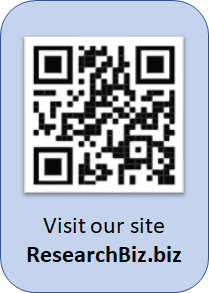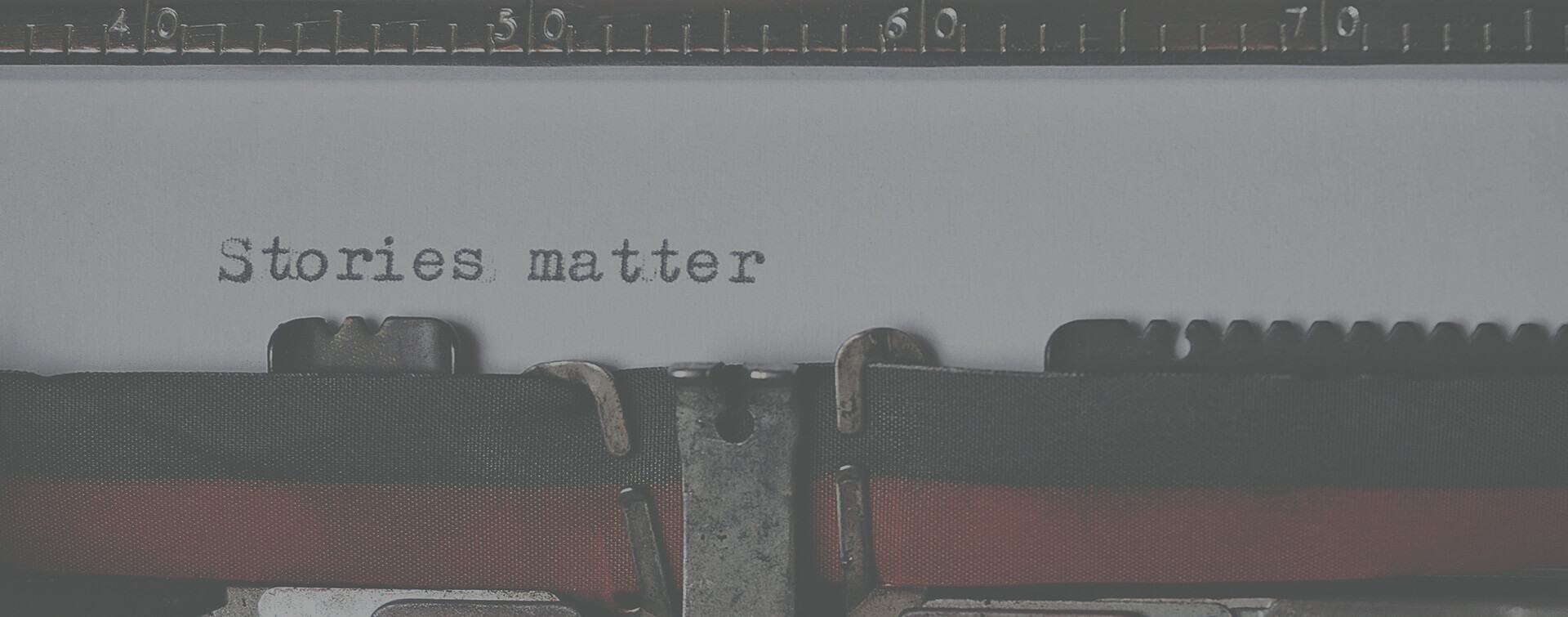
Market research practitioners are sometimes called upon to survey the residents of a specific town, city, or metropolitan area, rather than the more commonly-sought audiences like a nationwide poll of adults, or a targeted interest group like avid golfers or people who regularly attend church. Soliciting the participation of a community of citizens and stakeholders in a web-based survey about your locality can be a frustrating experience. Response rates or participation rates can be exceedingly low, if you don’t put some energy behind your effort. Residents of any neighborhood or municipality may take some persuasion to expend the time and effort to comment voluntarily about their experiences and opinions as local inhabitants of a place. Provided below is a list of techniques that, while certainly not exhaustive, ought to be considered by those executing a survey within a community, to gain more responses.
LINKS
If your web survey link is not “protected” in any way (such as with a passcode-embedded string in unique URLs for every invited respondent), keep in mind that you could have people – or even bots – responding to your survey who are not from anywhere near your community. And there is the possibility that you have an individual respondent try to “stuff the ballot box” by completing the survey numerous times.
If you’re willing to accept these dangers to sampling integrity, one logistical tip we offer is to utilize a “short URL” tool to make your survey link more memorable. It should be something that can be easily read out loud to a potential respondent for completion at a later time. In other words:
- DON’T point respondents to https://platform.surveyprofessionals.com/survey/x/7433/ , because there is virtually no chance they will remember that, nor bother to even

write it down.
- DO point them to a URL-shortened redirect link, like TinyURL.com/ourtownfeedback , or also consider creating a visual QR code so that respondents can point their smartphone camera or QR app at the matrix image and be taken to the survey in one click.
INCENTIVES
People typically hold a belief that they shouldn’t be asked by someone they don’t know to work for free, and they consider completing a questionnaire to be work! So, make it very clear in your communications why completing your survey will benefit the respondent. This can be something intangible, such as “your feedback will help local leaders understand what to prioritize in their decision-making”. Or, you can make the incentive something tangible:
- At no cost to you, offer a free copy of a summary page of the key findings from the study. This can make some potential respondents feel more included in the outcomes process.
- At some minimal cost to you, offer a chance to be selected as one of several winners of a small material gift (e.g., wireless earbuds, an air fryer, heavy-duty flashlight, a spa session at a local establishment).
- The typically most expensive but also most effective incentive is to provide a direct cash incentive to each respondent (think in terms of offering $1 for every minute or two that the survey will take to complete).
We should note that you want to steer clear of local, state, or federal prohibitions against “illegal sweepstakes”. While it can be argued that a drawing related to a survey does fulfill the elements of prize, chance, and consideration, the risk of a small drawing capturing the attention of an ill-intentioned whistle-blower is minimal (in our experience, anyway), especially if you are not representing a cash-bulging Fortune 500 company, and if you make sure your prizes never exceed $200 in value or so. Contact an attorney in advance, if you perceive any risk to your offering a drawing to incentivize respondents.
IN-PERSON OUTREACH
If you are truly inspired to see more of your community members respond to your survey, get out there in person to the places where the community congregates regularly. Call a few of the biggest local churches, synagogues, or mosques, and have a conversation with the faith leader – you may talk them into mentioning your survey during the announcements break at their next couple of worship services (since your survey is an important part of moving your community forward in a positive way, of course!) Visit the local library branches and ask if you could take a small space at their reference desk, to share a stack of printed 3×5 cards that point people to the survey. An enthusiastic librarian would love to share this info with their patrons. Is there an art festival or public concert coming up? Take your printed cards and hand them out to as many people as possible – with a smile, and a brief word that their opinion can help shape the future of your city. A reporter at the local newspaper may be eager to write a story about your survey effort. And check with your local Chamber of Commerce, too – they may have ideas about how to really get the word out about your survey.
SOCIAL MEDIA
There is no shortage of discussion groups online (on platforms like Facebook, Nextdoor, and others) that are specifically devoted to conversations about individual towns, cities, or counties. Make sure you join those groups and get a feel for, or ask an administrator directly, whether an unsolicited invitation to complete a survey about the area would be welcomed or not. If it’s allowed, when you publish your post, additionally make sure to ask people to share the link with their own circle of local friends.

DIRECT MAIL
While this technique gets you into the realm of more expensive budgets, if you are finding it difficult to round out the demographics of those who are responding to your survey campaign, you could try contacting them by mail. Deliberately target the neighborhoods or ZIP codes where your response has thus far been lacking by launching a mailed postcard blast to those households. If you’re looking for more responses from business owners, target commercial establishments in your mailing list. Plan to spend at least 60 cents per piece, for printing, addressing, and postage for a mailed postcard campaign (plus any cost of a mailing list that you’d obtain). Alternatively, you could hand-deliver doorknob-hanger cards notifying residents of the survey. Budget between 3 cents and 8 cents per door hanger.
SNOWBALL SAMPLING
Something many researchers forget to implement in situations like this is “snowball sampling” or “chain referrals”. Just like a small snowball can be rolled on the ground to accumulate a much larger snowball suitable for building a snowman, your few willing respondents who complete your survey can be asked to assist in the effort to find more respondents. Different ways of accomplishing this can include asking the respondent to provide the e-mail addresses of two or three of their friends (and then you invite them to the survey), or creating a form that will automatically send invitations to e-mail addresses that the respondent provides. A similar technique is used on social media, where you can create a “badge” that the respondent can share on their social media accounts, saying something like, “I completed a cool survey about our city’s future – how about YOU?!”
In conclusion, please remember if you are orchestrating a community poll, don’t wash your hands of a low-response situation and give up. Instead, apply some of the low-cost efforts that we’ve described above, or contact Research Biz to manage your effort. We specialize in creative strategies to reach reluctant respondents.

